First Infant Gorilla Born at the Zoo in Nine Years; Watch a Video of the Birth
Little Moke and his first-time mother Calaya are doing well
As heavy rains engulfed Washington, D.C., last night, the city welcomed an eagerly awaited ape into the world. At 6:25 p.m., Moke—“little one” in Central Africa’s Lingala language—became the first male western lowland gorilla born at Smithsonian’s National Zoo in nine years.
In the minutes after giving birth, 15-year-old Calaya cradled her newborn in her arms. Since confirming the pregnancy last fall, Zoo staff had been hard at work preparing for the important addition to a species whose wild population has decreased by about 60 percent over the past quarter-century, due to disease and poaching. “The birth of this western lowland gorilla is very special and significant, not only to our Zoo family, but also to this critically endangered species as a whole,” said primate curator Meredith Bastian in a report from the Zoo. “The primate team’s goal was to set Calaya up for success as best we could, given that she is a first-time mother. Doing so required great patience and dedication on the part of my team, and I am very proud of them and Calaya.”
When it comes to our great ape cousins, the captive breeding process is incredibly close to home. After pairing her with silverback Baraka last summer in accordance with the Association of Zoos and Aquariums’ Species Survival Plan, primate keepers obtained proof of Calaya’s pregnancy using a common human pregnancy test. Then, over the roughly nine-month gestation period, they taught the mother-to-be to urinate on cue for hormone analysis and to manipulate her breasts for lactation assessments and nutrient evaluations. Calaya also learned to participate voluntarily in ultrasounds, allowing Zoo staff to track fetal development and post social media updates using the hashtag #GorillaStory. “Pretty girl,” one follower commented on an April 6 photo of Calaya. “Your face looks like my face did at 39 1/2 weeks.”
Western lowland gorillas are native to the forests and swamps of Gabon, Central African Republic, Cameroon, Angola, Equatorial Guinea, Republic of the Congo and Democratic Republic of the Congo. Moke joins his parents Calaya and Baraka, as well as an adult female named Mandara and a sub-adult female named Kibibi, in a troop similar to one that would be found in the wild. Because first-time mothers are occasionally unwilling or unable to care for their offspring, keepers were ready to use Mandara, who has successfully raised six infants, as a foster mom. Early signs, though, point to Calaya having a healthy relationship with her son.
“This infant’s arrival triggers many emotions—joy, excitement, relief and pride that all of our perseverance in preparing Calaya for motherhood has paid off,” maternal training leader Melba Brown said in the release. “We will provide support to her if need be, but I have every confidence that Calaya will be a great mom to Moke. I am excited to see how he will fit into the group dynamic. There are a lot of different personalities in this family troop, but they all work well together.”
Although the Great Ape House is closed indefinitely while Calaya nurses her newborn, visitors still have access to the Zoo’s other gorillas: Moke’s troop and silverback bachelor brothers Kwame and Kojo. A great ape keeper will be on hand at 11:30 a.m. daily to show off the animals and answer questions—baby-related or otherwise.
/https://tf-cmsv2-smithsonianmag-media.s3.amazonaws.com/accounts/headshot/AdamGreenScreenSq.jpg)


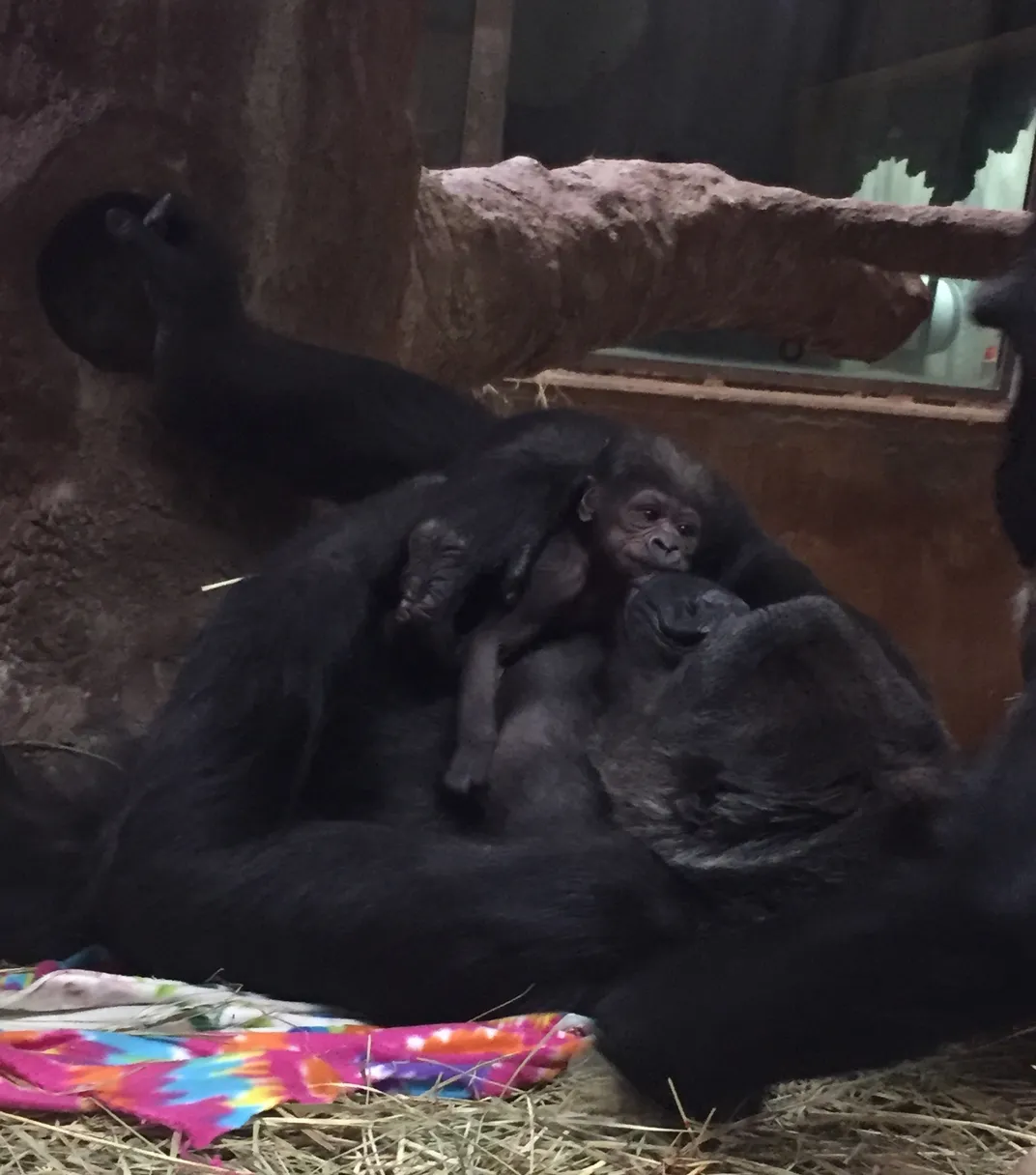
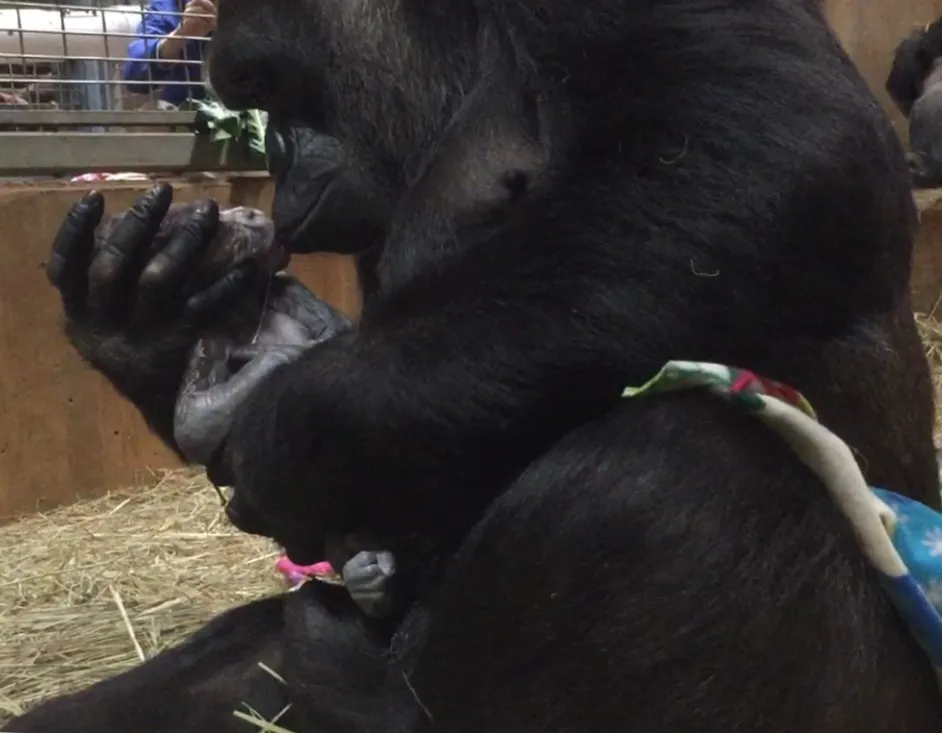
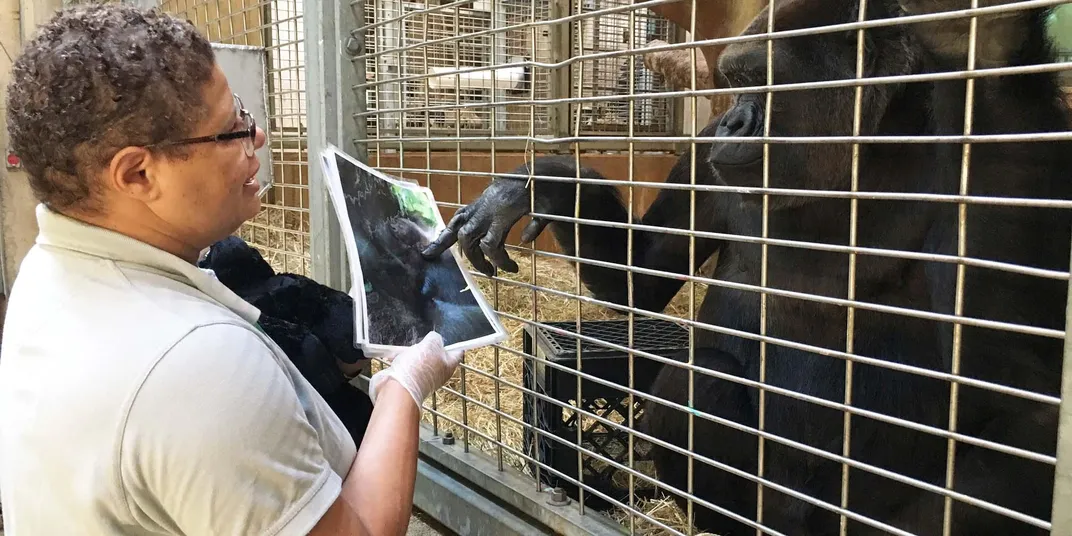
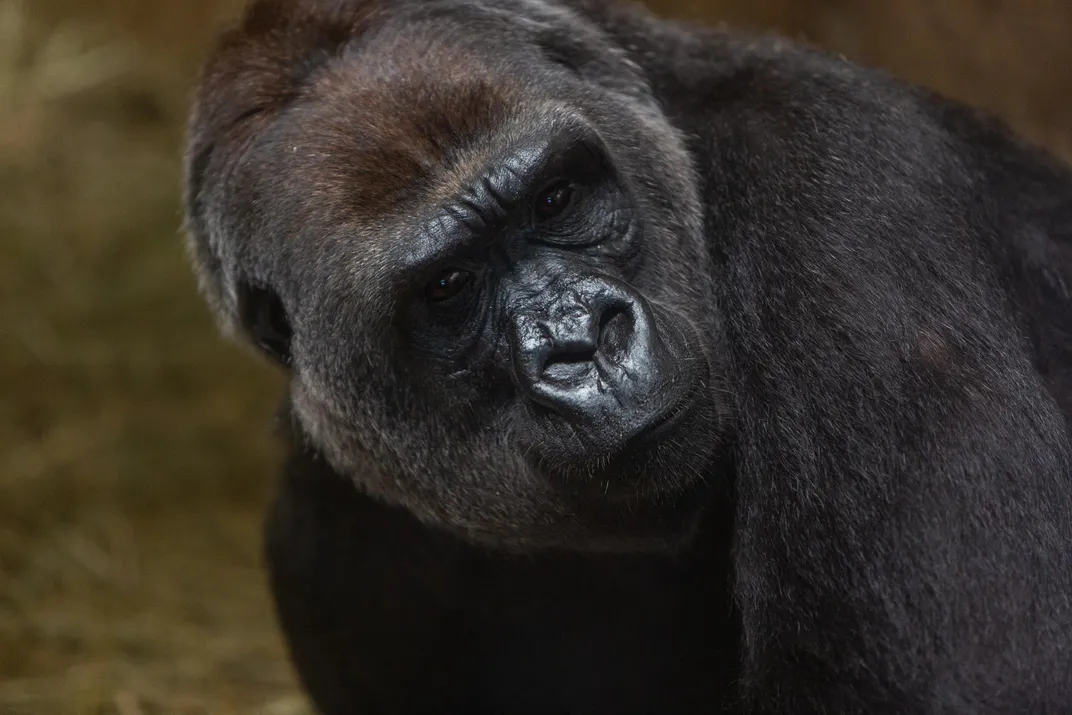
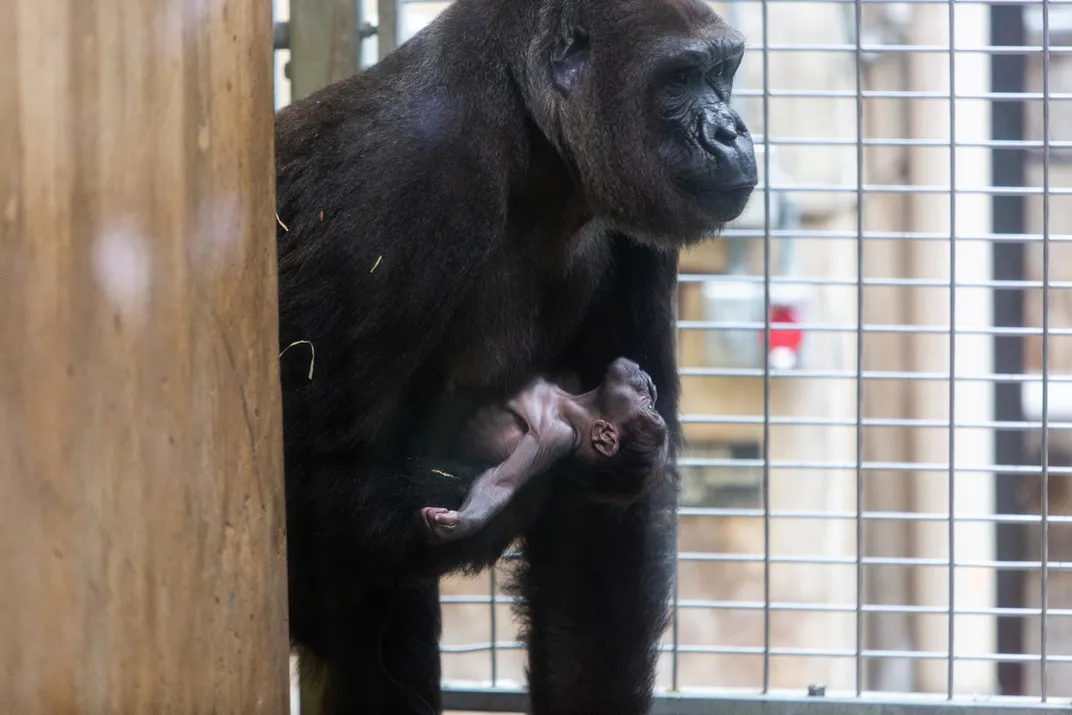
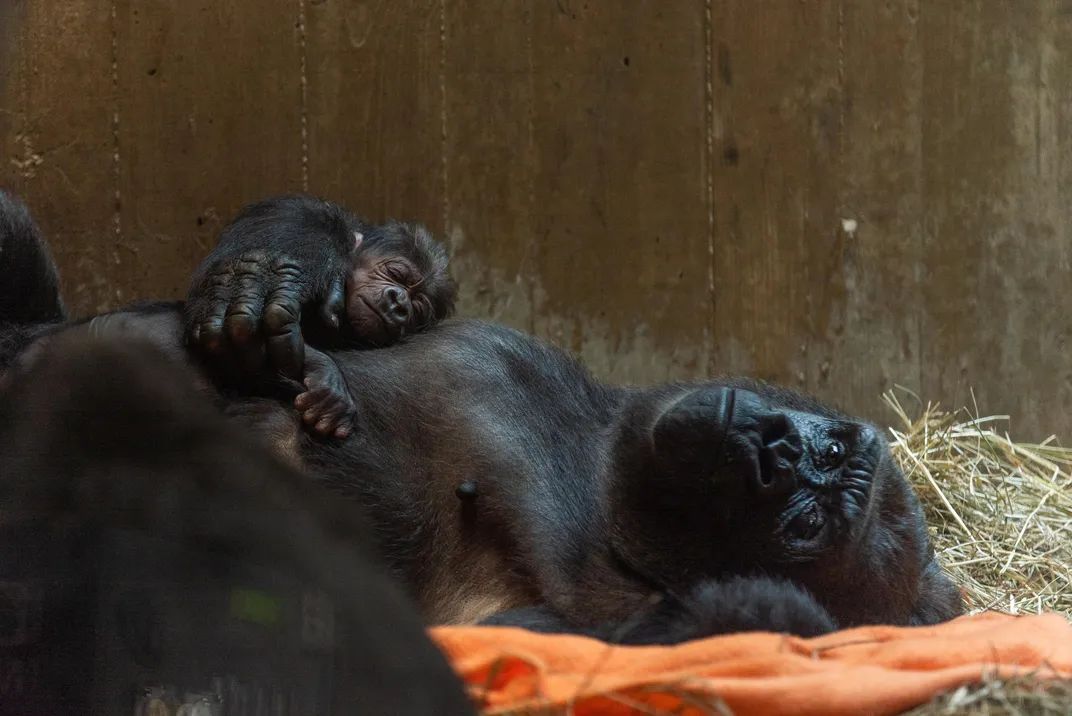
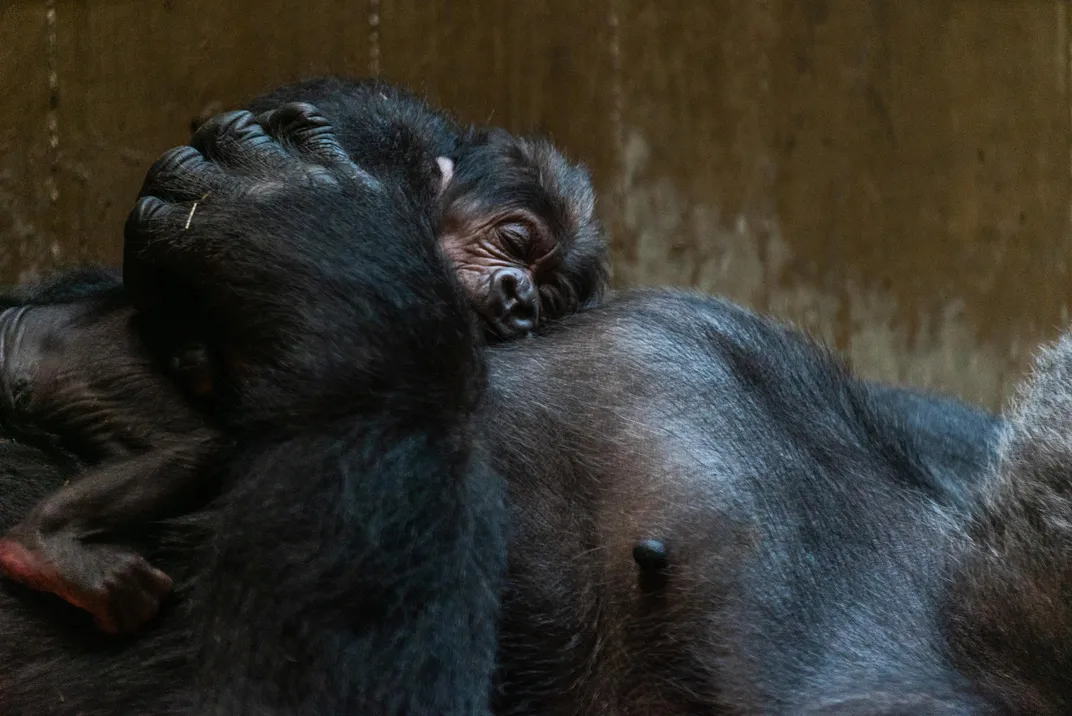
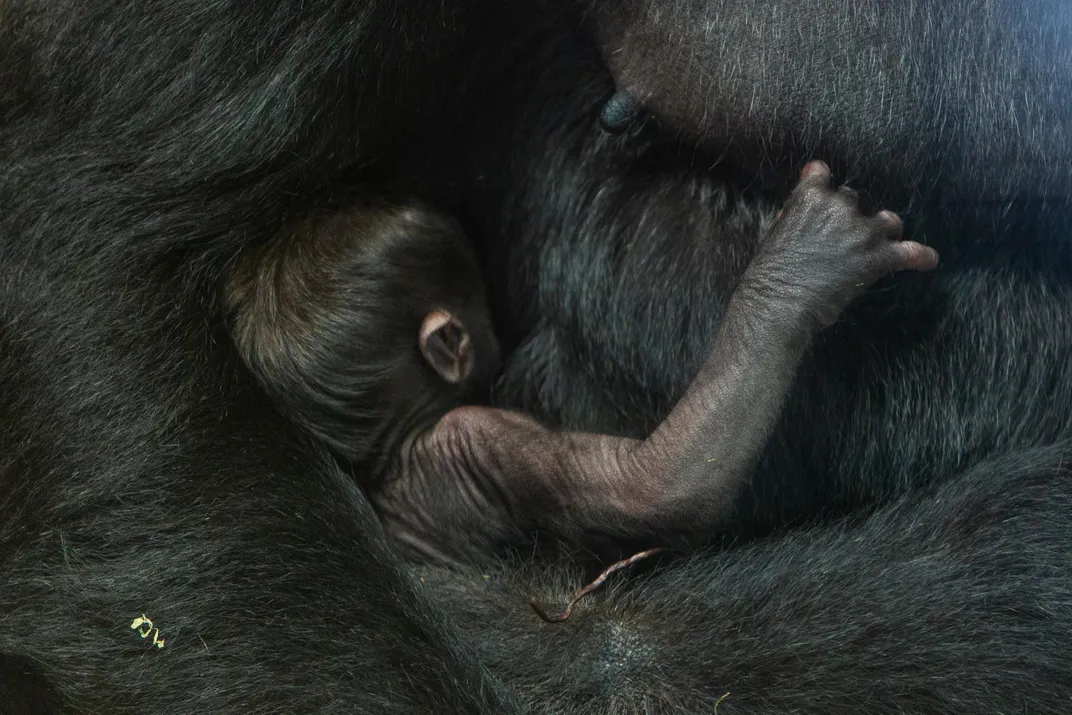
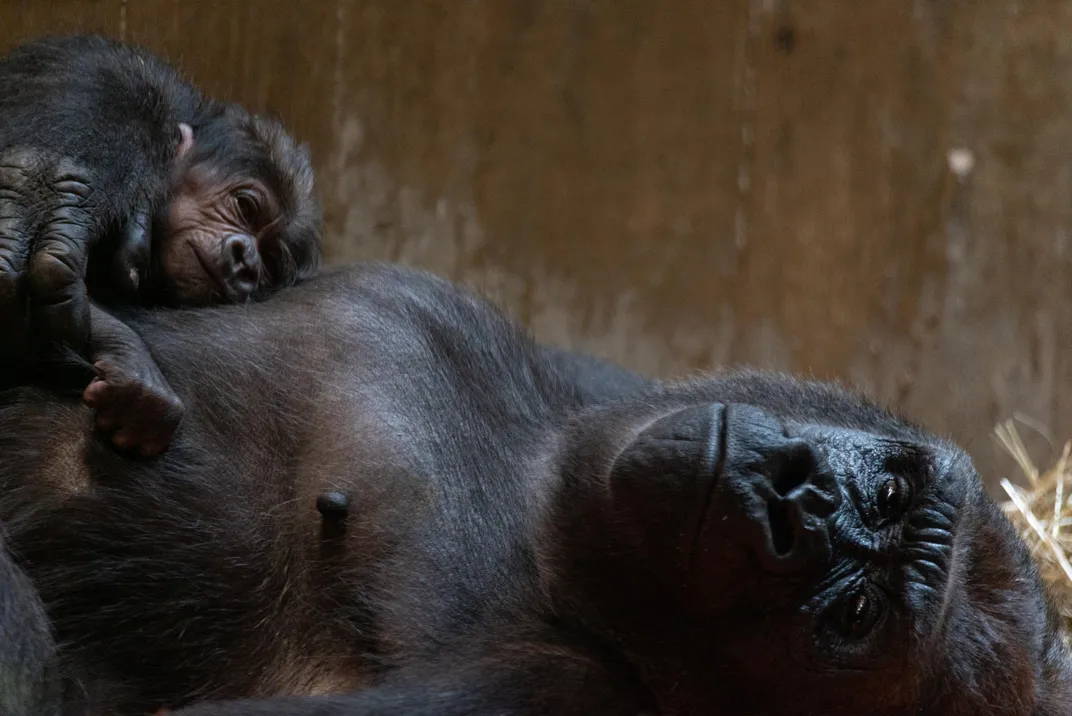
/https://tf-cmsv2-smithsonianmag-media.s3.amazonaws.com/accounts/headshot/AdamGreenScreenSq.jpg)